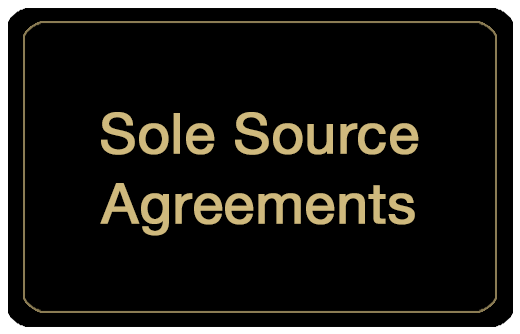
Sourcing is a collaborative approach for selecting suppliers of products and services designed to consolidate and leverage the university’s spend to reduce costs while delivering the highest quality. When initiating a search for a supplier of goods or services, units should first search for products and services available in CU Marketplace





Commodity Listing
View the full list of commodities, descriptions, and purchasing details. Procurement contracts for goods or services, regardless of dollar amount, must be reviewed and signed by the PSC before the service date.Visit Commodity Listing
Local Spend
Connect with small and local businesses and make an impact in your community.If you are a CU Department that wants to do business with a small or locally-owned enterprise for your business needs, complete our Small Business Request Form.
Resources
- Purchase Order Terms and Conditions
- Small Business Program
- IT Procurement FAQs
- Hire An Independent Contractor (Scope of Work)
- Letter of Credit




